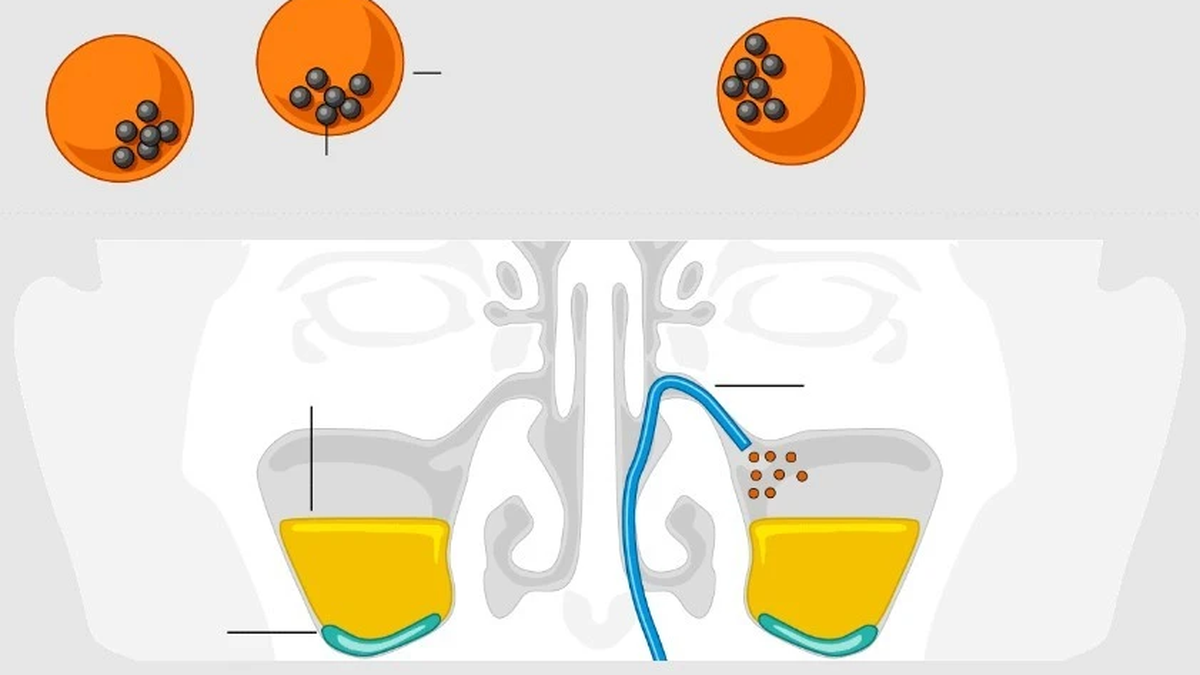State Bank net injected 8,400 billion VND in trading session on October 20
In the trading session on October 20, the State Bank of Vietnam (SBV) continued to bid for 28-day treasury bills using the interest rate bidding method. Four out of five participating members won the bid, with the total amount of treasury bills issued being VND1,650 billion.
Compared to previous treasury bills issuances, this is the lowest volume treasury bill issuance, showing a cooling trend in the treasury bill issuance business of the State Bank. In return, the winning interest rate recorded at 1.45% is still high.

The State Bank injected a net VND8,400 billion in the session of October 20, VN-Index increased again by 20 points. Will the stock market continue to recover? (Photo TL)
The decrease in the amount of additional treasury bills issued is a signal that the system's liquidity has somewhat reduced.
Also on October 20, the amount of VND 10,000 billion of treasury bills issued on September 22, 2023 with an interest rate of 0.5% also matured. Thus, on October 20, the State Bank injected VND 8,350 billion into the market liquidity.
If we include the net money injection on October 19, the State Bank has injected a total of VND 14,100 billion back into market liquidity in the past two sessions.
The amount of treasury bills in circulation has also decreased significantly, to only VND241,600 billion. This amount of treasury bills will gradually mature in November. If during this time, the State Bank issues a gradually decreasing amount of treasury bills or does not issue additional treasury bills, the system's liquidity will become abundant again.
Will the stock market recover?
In September, the liquidity of the monetary system became redundant, while the credit absorption rate of enterprises remained low. By the end of September, credit in the whole economy reached VND12,749 trillion, up only 6.92% while the credit growth target for the whole year was up to 14-15%.
In the face of this situation, the State Bank of Vietnam has implemented the issuance of treasury bills to withdraw a certain amount of cash from the liquidity system, reducing the excess liquidity. Since September 21, the State Bank of Vietnam has continuously issued treasury bills with a term of 28 days through the interest rate bidding method and withdrawn a large amount of cash from the liquidity system.
The Vietnamese stock market has had some reactions, in just 1 month the VN-Index has witnessed many sessions of decline. From 1,212.74 points on September 21 to 1,087.85 points on October 19.
Following the news that the State Bank of Vietnam reduced the amount of credit notes issued on October 19, the VN-Index increased by 20 points to 1,108.03 points.
Besides the information that the State Bank of Vietnam has reduced the amount of issued credit notes and pumped net money into liquidity, investors' expectations for the third quarter financial reports of enterprises are also the driving force that determines the market trend.
Many experts believe that when the third quarter business results are announced, investors will have more information to make investment decisions. In the past month, the volatile market trend and the psychology of watching and waiting for the third quarter business results have partly caused the liquidity of the stock market to be less vibrant.
Source






























































![[Maritime News] More than 80% of global container shipping capacity is in the hands of MSC and major shipping alliances](https://vphoto.vietnam.vn/thumb/402x226/vietnam/resource/IMAGE/2025/7/16/6b4d586c984b4cbf8c5680352b9eaeb0)






































Comment (0)